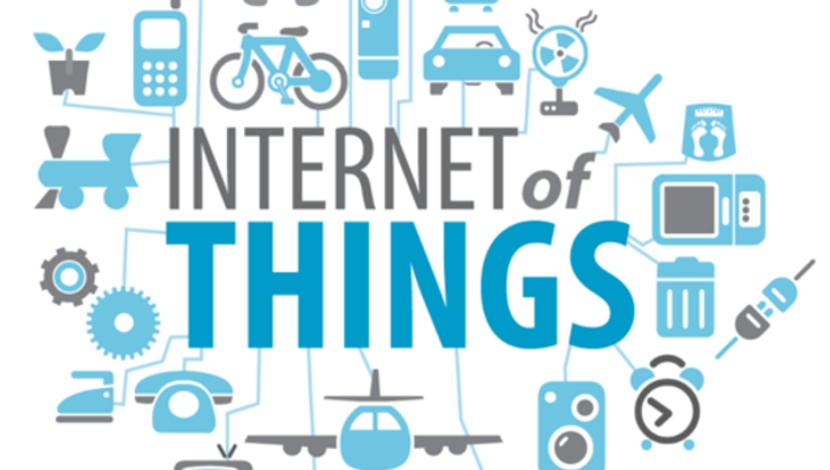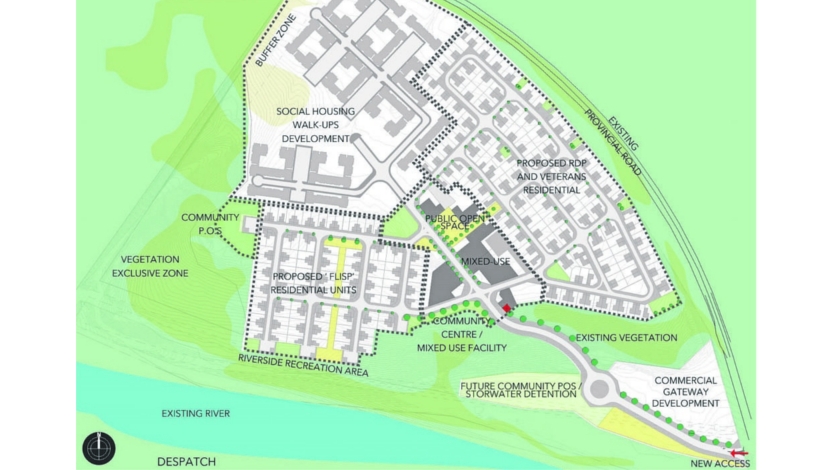

A new McKinsey Global Institute (MGI) report, A blueprint for addressing the global affordable housing challenge, defines the affordability gap as the difference between the cost of an acceptable standard housing unit (which varies by location) and what households can afford to pay using no more than 30 percent of income. The analysis draws on MGI’s Cityscope database of 2,400 metropolitan areas, as well as case studies from around the world.
It finds that the affordable housing gap now stands at $650 billion a year and that the problem will only grow as urban populations expand: current trends suggest that there could be 106 million more low-income urban households by 2025, for example. To replace today’s inadequate housing and build the additional units needed by 2025 would require $9 trillion to $11 trillion in construction spending alone. With land, the total cost could be $16 trillion. Of this, we estimate that $1 trillion to $3 trillion may have to come from public funding.
However, four approaches used in concert could reduce the cost of affordable housing by 20 to 50 percent and substantially narrow the affordable housing gap by 2025. These largely market-oriented solutions—lowering the cost of land, construction, operations and maintenance, and financing—could make housing affordable for households earning 50 to 80 percent of median income.
A better solution is to set standards that reflect rising aspirations—a housing “ladder” that can start with something very basic that might, for example, have communal kitchens and baths and serve as transitional housing for new arrivals.
Affordable housing could represent a significant opportunity for the global construction and housing-finance industries. Building homes for all the low-income households added in cities by 2025 could cost $2.3 trillion. That would represent a construction market of $200 billion to $250 billion in revenues annually, or about 10 percent of the global residential real-estate construction industry.
Source: McKinsey Global Institute





